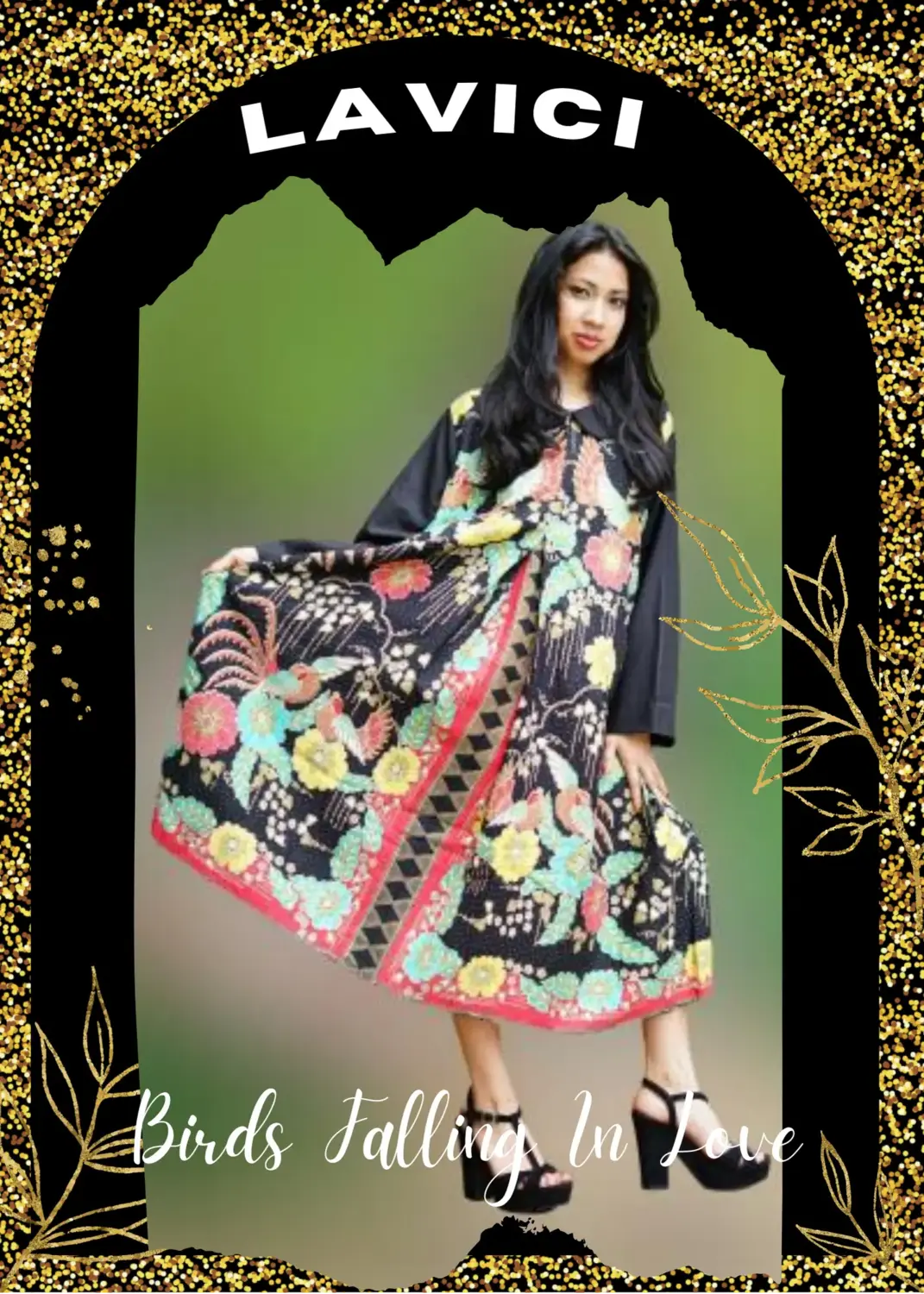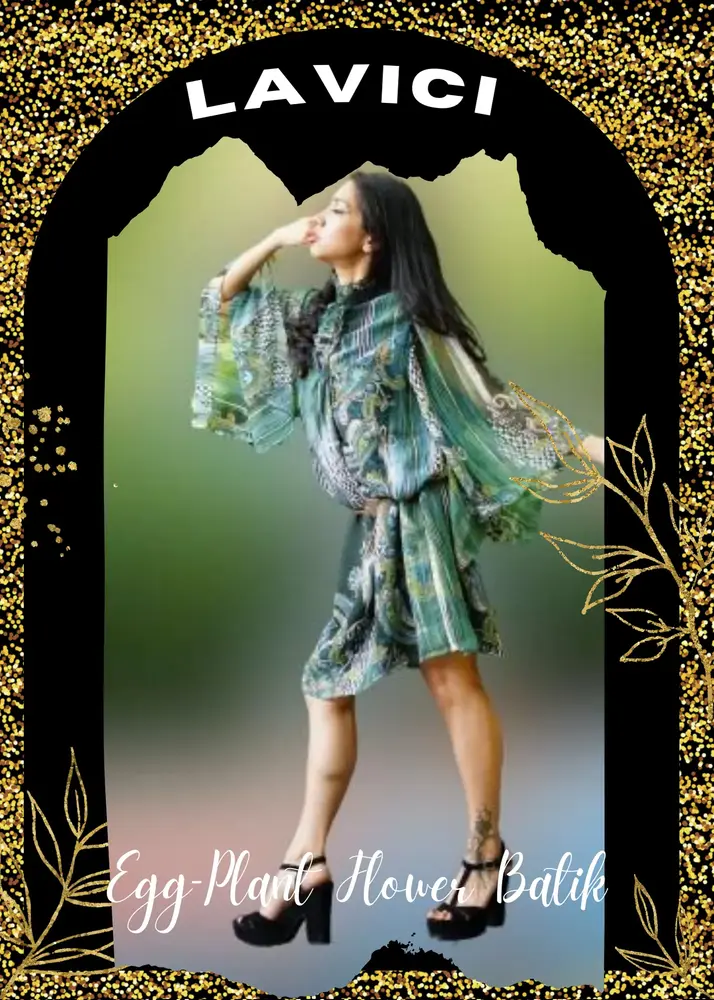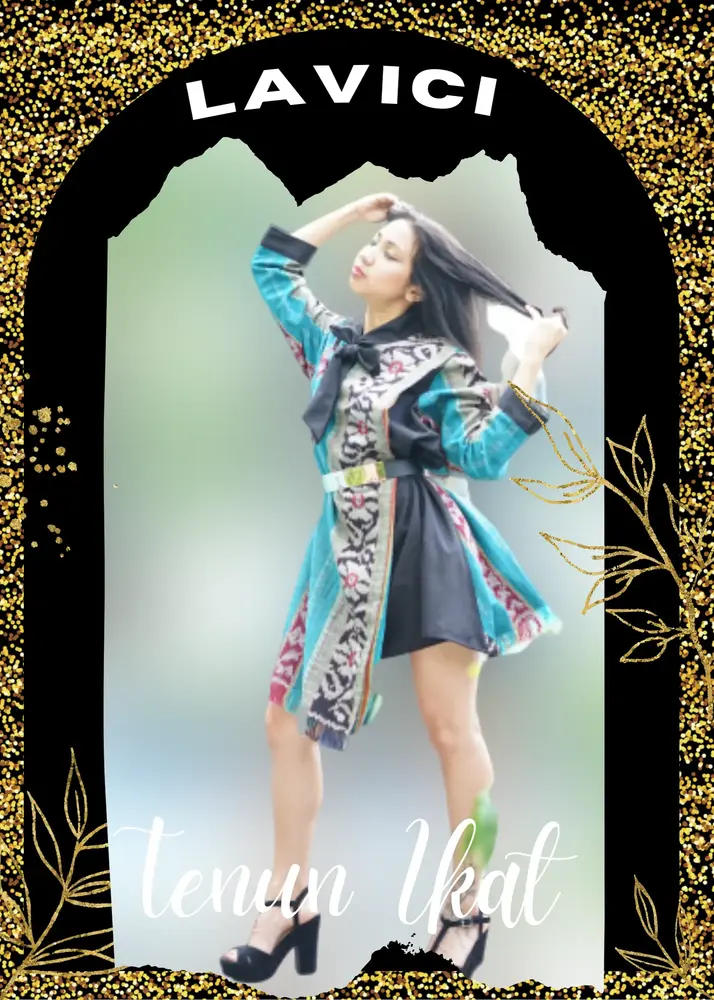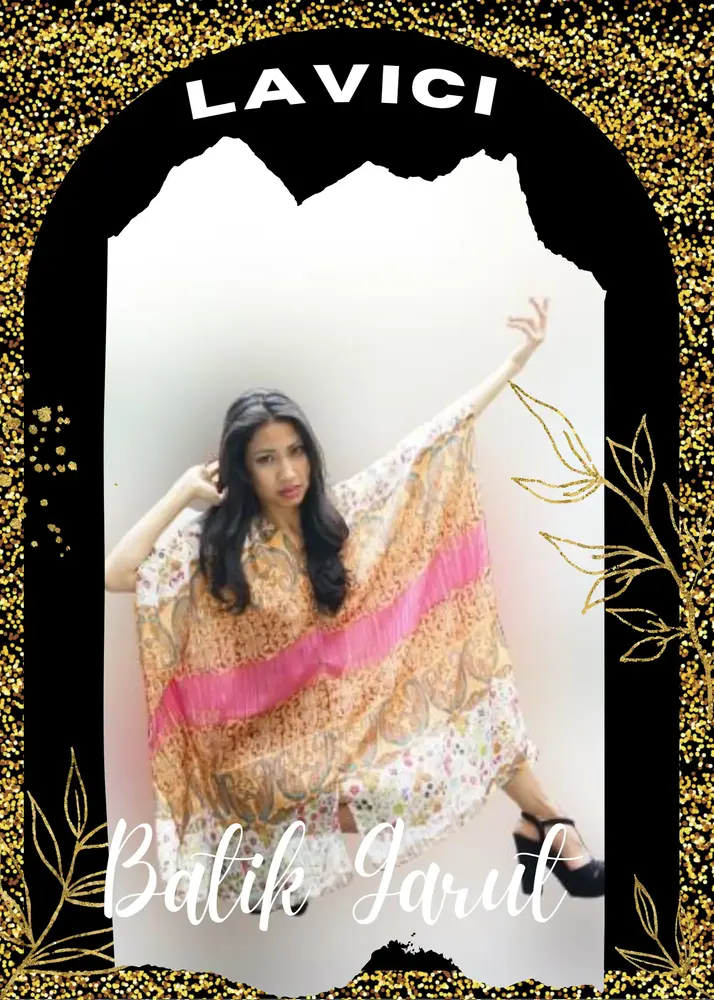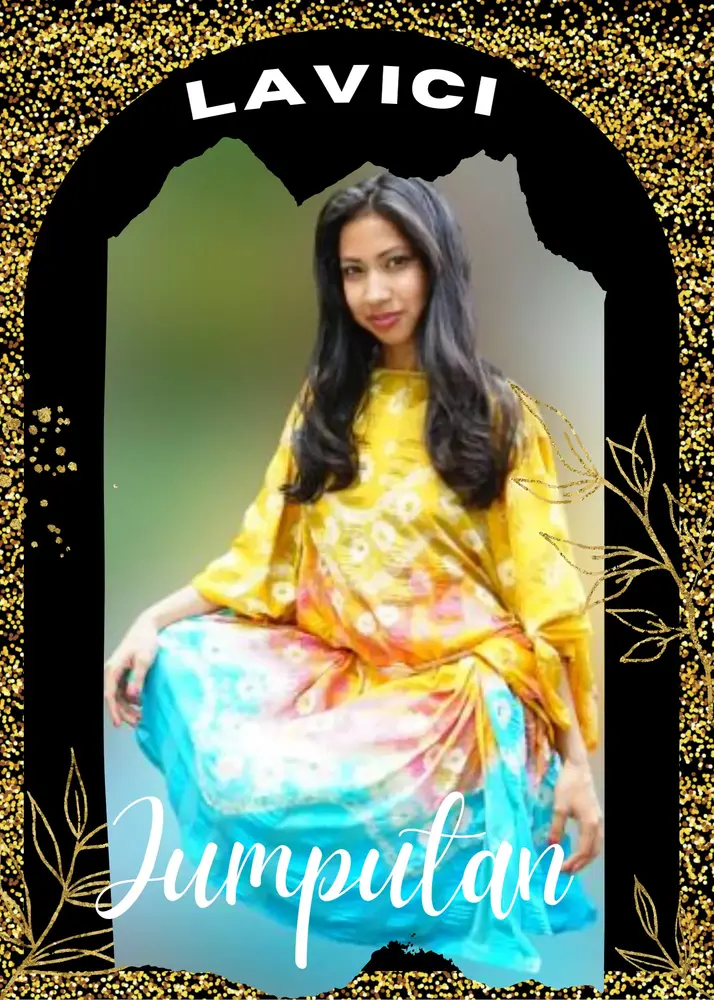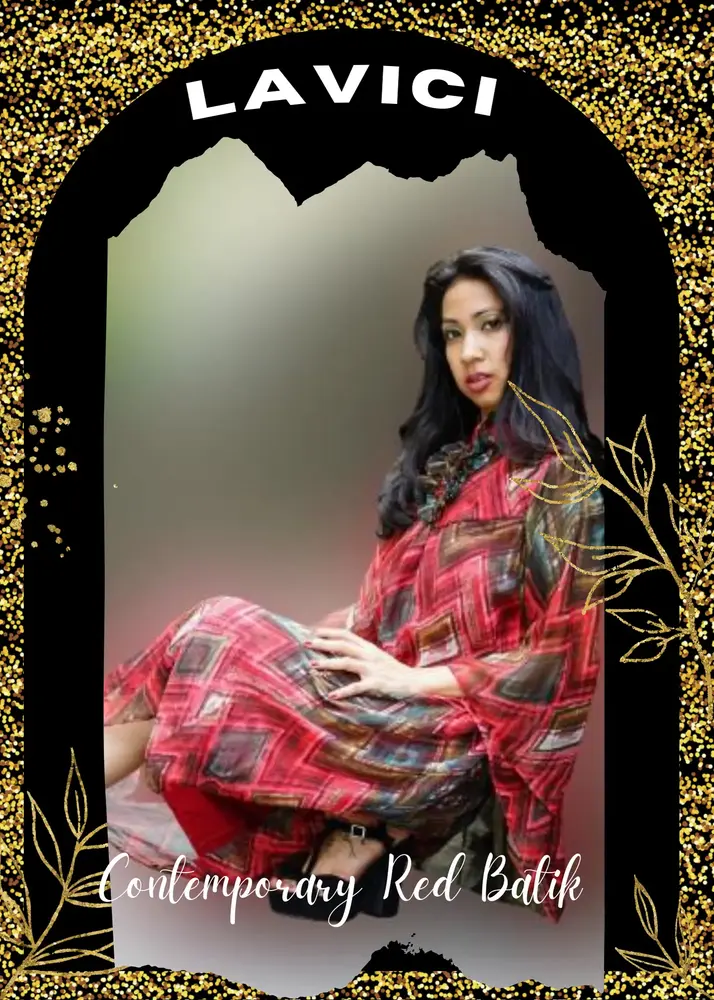Jumputan, a distinguished member of the brocade family, is a textile created through an intricate tie–and–dye technique. To achieve the desired patterns, specific areas of the fabric are meticulously sewn, bundled, and then immersed in dye.
Traditional jumputan techniques involve sewing threads directly onto the fabric to form patterns, which are then tightly pulled to create wrinkles before dyeing. This time–honoured method has evolved over time, with artisans experimenting with new approaches to achieve innovative designs.
Jumputan is typically crafted from silk, and the entire surface of the fabric is adorned with intricate motifs. Some of the most popular motifs include “Bintik Sembilan” (nine dots), “Bintik Tujuh” (seven dots), “Bintik Lima” (five dots), “Kembang Janur” (palm leaf flower), “Cuncung/Terong” (eggplant), “Bintang Lima” (five–star), and various multi-dot patterns.
